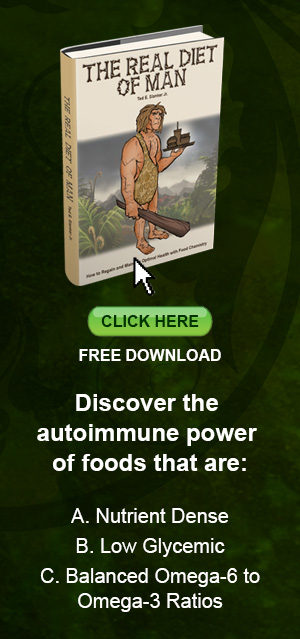Deciphering Labels
Column #62
Other than fresh fruit, most food products are labeled. Few consumers read labels and usually they misinterpret the information. Although for savvy consumers labels can be very informative.
Do you know what the most important information is on a food label?
A label has a brand name, not very important, and the name of the food which is important. But that importance depends
on the consumer’s knowledge about relative differences in the chemistry of food. For example, we all know spinach is nutritionally better than corn. But what about tuna in water versus tuna in oil?
A label may also have promotional lingo such as gluten free, brown eggs, vegetable fed, organic, natural, whole grain, low fat, free range, cage free, omega-3, sugar free, non-GMO, good source of . . . , etc. In terms of nutrition these words are often worthless, feel-good sales pitches.
Labels with “Nutrition Facts” provide serving size, calories, fat, cholesterol, sodium, carbohydrate, sugar, protein, and vitamins. The most important numbers are serving size and sugar. Divide the amount of sugar by the serving size to find the sugar percentage. In my opinion any sugar is too much. The quantity of sugar in dried fruit is staggering.
Serving size is a point of reference rather than how much to consume. Calories are less important than the percentages of sugar and carbohydrates. Fat, cholesterol, and sodium are relatively unimportant. A healthy body regulates fats with the exception of essential fats (Omega-6 and Omega-3 which are not listed) as well as cholesterol and sodium. We need protein and vitamins but getting them through processed foods has many pitfalls. On the other hand, all nutrient dense foods such as green vegetables, grass-fed and Omega-3 meats, and wild-caught seafood supply the entire spectrum of fats, protein, vitamins, amino acids, and minerals in an appropriate balance.
The most telling information on the label is listed under “Ingredients.” I have many automatic disqualifiers including high-fructose corn syrup, hydrogenated oil, other oil (soy, olive, palm, and vegetable), sugar (in all its various forms), syrup, honey, molasses, grain, flour, seeds, nuts, peanuts, dried fruit, chemicals (unrecognizable and many recognizable), and most food colorings.
Here’s an example of how a single ingredient can disqualify an otherwise healthy food. A 100g serving of tuna packed in water has 55 mg of Omega-6 and 951mg of Omega-3 for a ratio of 0.06:1. Packed in oil (even olive oil) 100g of tuna has 2,489 mg of Omega-6 and 453 mg of Omega-3 for a ratio of 5.5:1. Oil wipes out the Omega-3 benefits of tuna.
Knowing the wholesomeness of individual whole foods is critical knowledge. But the necessary data is not on labels. That’s why many years ago I cobbled together a Food Analysis Table. It’s available on the website and in The Real Diet of Man. It’s a simple listing of various whole foods and their nutrient diversity, weights of essential fats, and glycemic levels. It’s a useful guide that sure helps one read and understand labels.
To your health.
Ted Slanker
Ted Slanker has been reporting on the fundamentals of nutritional research in publications, television and radio appearances, and at conferences since 1999. He condenses complex studies into the basics required for health and well-being. His eBook, The Real Diet of Man, is available online.
Don’t miss these links for additional reading:
Do Process Food Labels Help or Harm Consumers?
How to Read Food Labels Without Being Tricked




